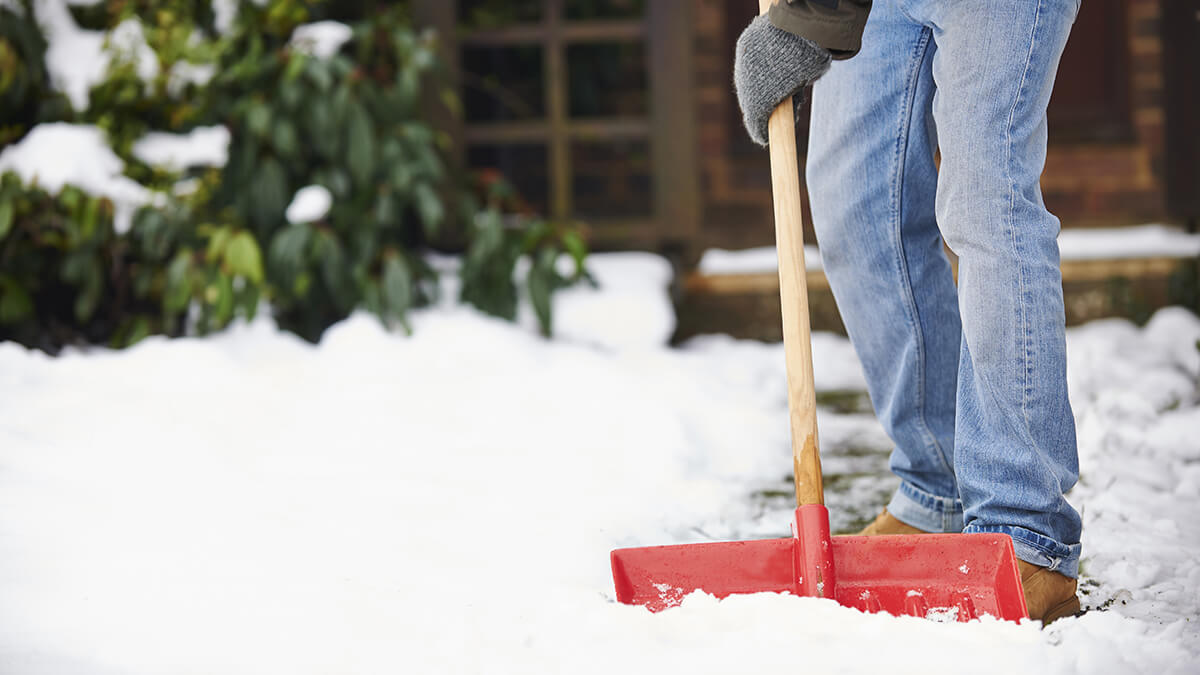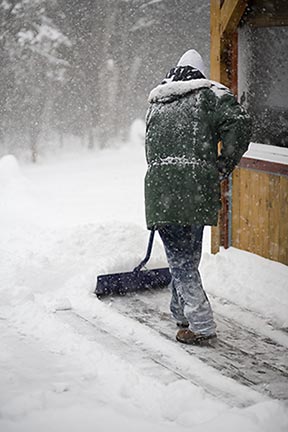Snow shoveling tips, tools, and techniques

Snow shoveling can be a laborious but inevitable winter chore. Between the snow and ice storms in the colder regions of the U.S., the responsibility to clear your sidewalk, driveway, and various other paths are on the to-do list. Shoveling may seem like a no-brainer, but many people don't complete the task as effectively or as safely as they should to reduce the risk of injury! Take a look at the top three things to keep in mind when shoveling to keep paths clear and your body pain-free this winter!
What kind of shovel should I use?
- High-strength, plastic shovels are light and easy to use, so if you have snow piling up, this kind of shovel would do the job well. However, constant scraping against sidewalks and driveways can wear out the material, and they are not particularly effective when ice is on the ground.
- Metal shovels are heavier and more difficult to maneuver, but if you are dealing with both snow and ice, this might be a good way for you to go. These shovels will save you a lot of time if you need to chip ice while shoveling, and have amazing durability when chosen properly.
- Either way, make sure the shovel has a long, curved handle to reduce risk of spinal stress. Back injuries, fractures, and heart problems related to snow shoveling send thousands of adults and children to the hospital each year.

How should I prepare my body to help ensure comfort and safety?
- Stretch your arm and leg muscles to help prevent injury from strain.
- Dress in warm, thick layers (and don't forget a hat!)
- Wear boots that provide proper traction to avoid slipping.
- Stay hydrated — grab some water every 15 minutes or so.
What form should I have when shoveling snow?
- Push, don't lift! Snow can be surprisingly heavy, especially when wet. If you only have a few inches of snow on the ground, pushing instead of lifting it will relieve strain on your back, shoulders, and neck.
- Do not throw snow over your back
- Squat by bending your knees rather than your back.
- Remove the snow by layer. Rather than scooping one foot of snow, skim the top few inches and toss in front of you, then continue to skim until you can push the last few inches to the end of your driveway/sidewalk/etc.
First and foremost, make sure that you keep yourself safe this winter.





